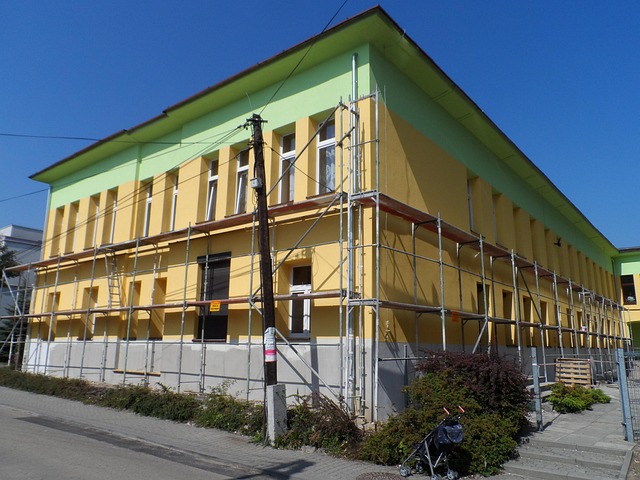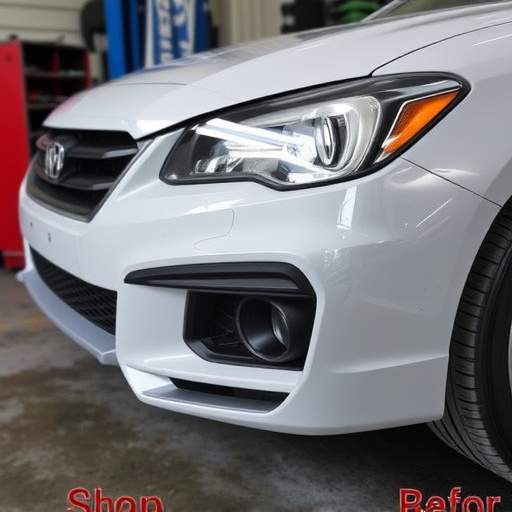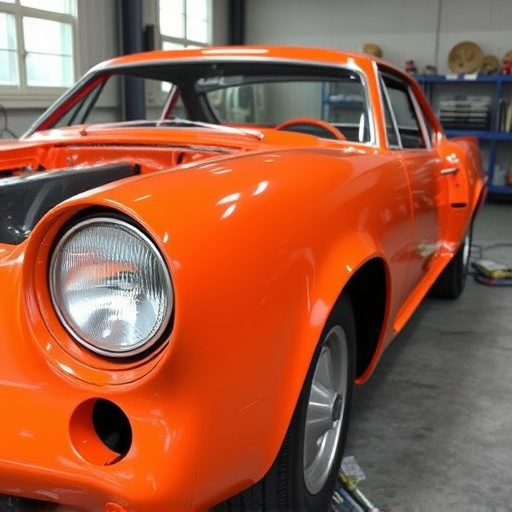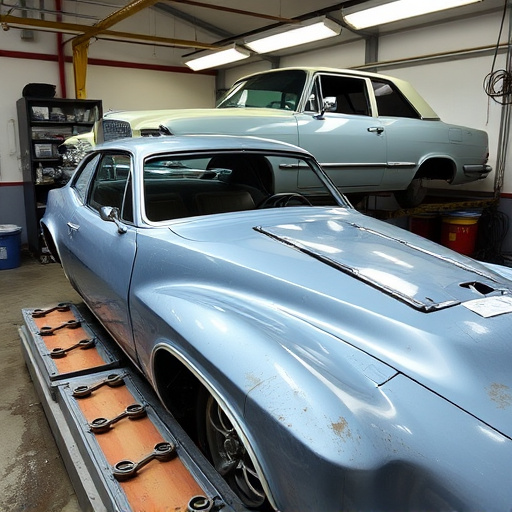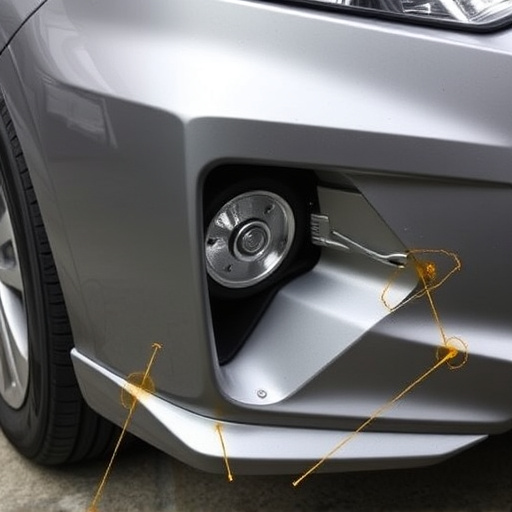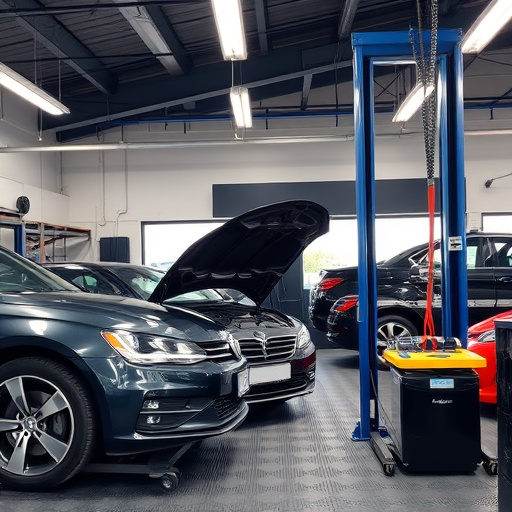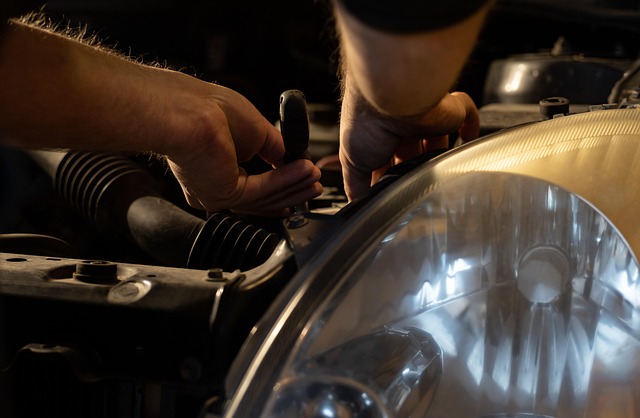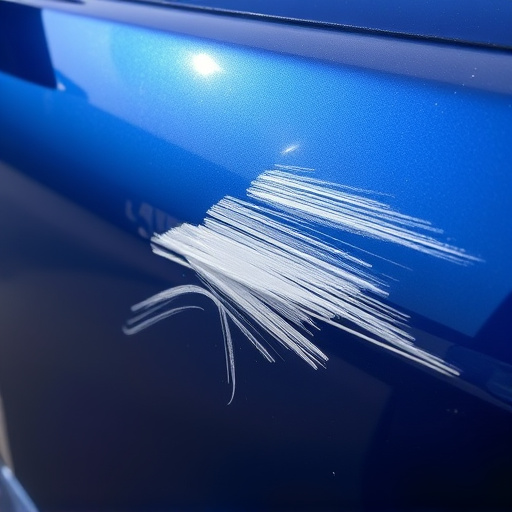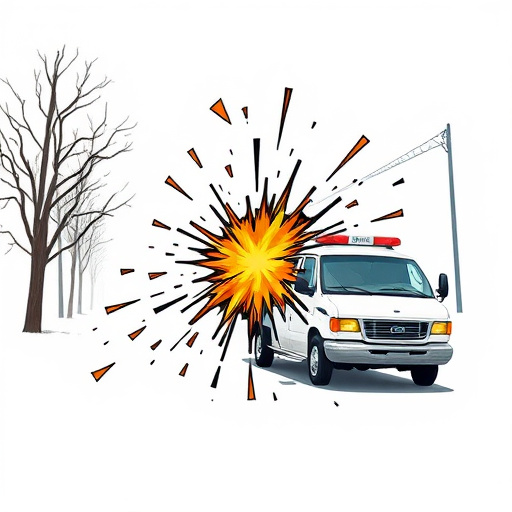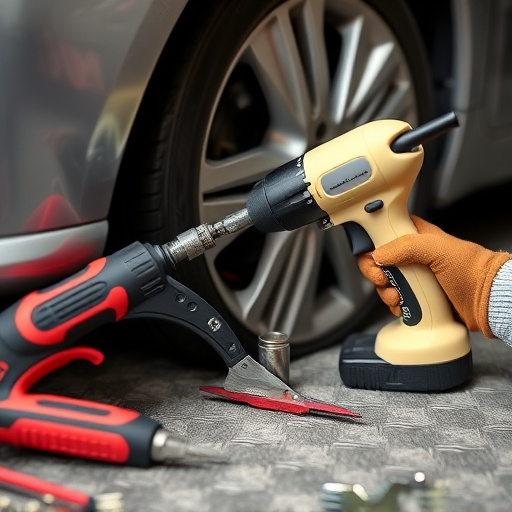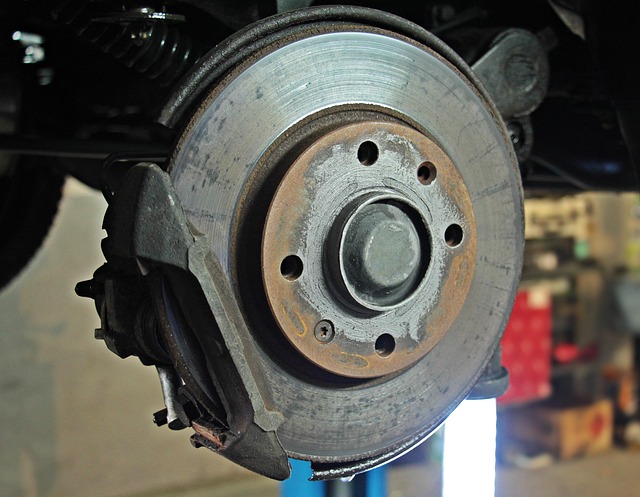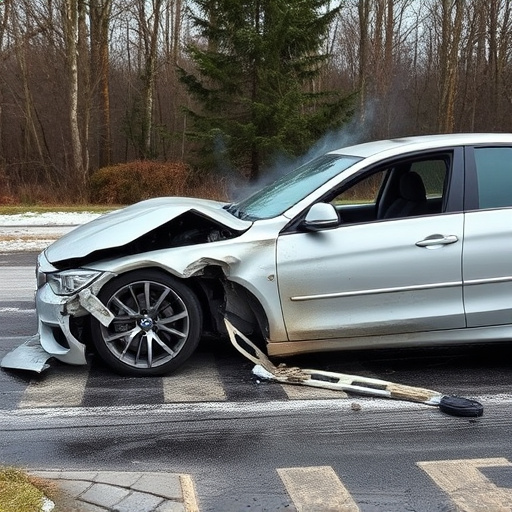Precision collision repair uses advanced metalworking, CAD, and high-tech equipment to restore damaged vehicles to original condition, minimizing downtime and rework compared to traditional methods. Skilled technicians address tire services, dent repair, and part replacements accurately using robotic welding and efficient inventory management for faster restoration times and reduced customer inconvenience.
Precision collision repair is transforming the automotive industry by minimizing downtime and rework. This advanced approach, characterized by meticulous techniques and data-driven accuracy, ensures that vehicles return to the road in top condition. By understanding the benefits of precision repair, collision centers can optimize their operations, reduce costs, and enhance customer satisfaction. In this article, we explore the fundamentals of precision collision repair and delve into best practices to achieve efficient, high-quality outcomes.
- Understanding Precision Collision Repair Techniques
- Benefits: Reduced Downtime and Rework
- Best Practices for Efficient Collision Centers
Understanding Precision Collision Repair Techniques
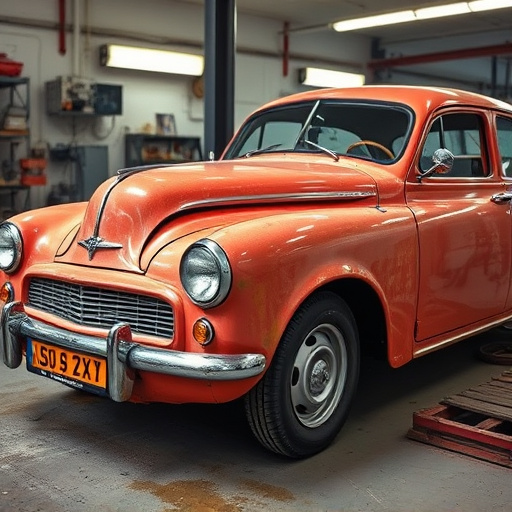
Precision collision repair is a specialized process that involves meticulous techniques to restore damaged vehicles to their original condition. It goes beyond simple bodywork; it requires skilled technicians who understand the intricate details of modern automotive design and construction. These techniques include advanced metalworking, computer-aided design (CAD) systems, and high-tech equipment to ensure precise measurements and accurate repairs.
By employing such precision, auto collision centers can minimize rework and reduce downtime for vehicle owners. For instance, tire services and vehicle dent repair are common areas where precision plays a vital role. Skilled technicians use specialized tools to remove dents without affecting the surrounding panels, ensuring a flawless finish. Similarly, CAD systems help in replacing parts with exact measurements, preventing future alignment issues that often lead to additional repairs.
Benefits: Reduced Downtime and Rework
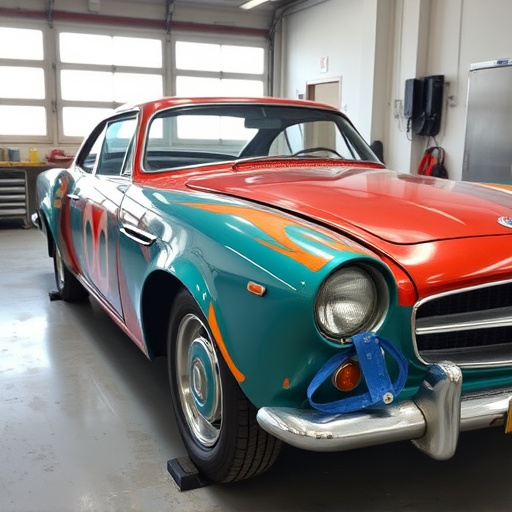
One of the most significant advantages of precision collision repair is the substantial reduction in downtime and rework required for vehicle repairs. Traditional collision repair methods often involve lengthy processes, with cars spending weeks or even months in the shop due to complex procedures and limited efficiency. However, precision techniques streamline these processes by employing advanced tools and highly trained technicians. With meticulous attention to detail, every part of the car is handled with care, minimizing damage and ensuring faster restoration.
This specialized approach significantly cuts down on the need for redundant repairs and adjustments. Car paint services, in particular, benefit from precision collision repair’s ability to match original factory finishes accurately. Similarly, vehicle dent repair and removal processes are made more efficient, leaving minimal traces of any previous damage. As a result, customers get their vehicles back faster, reducing inconvenience and saving time, while dealers and repair shops can maintain higher productivity levels.
Best Practices for Efficient Collision Centers

Precision collision repair is a game-changer when it comes to minimizing downtime and rework for vehicles. Efficient collision centers adopt best practices that streamline every step of the restoration process, from initial assessment to final inspection. These include utilizing advanced technologies like robotic welding and computer-aided design (CAD) software, which ensure accurate measurements and precise repairs. By training staff extensively on these technologies and implementing standardized operating procedures, collision repair shops can maintain high quality standards and reduce human errors.
Additionally, maintaining a well-organized inventory system for parts and materials is crucial. This involves keeping track of stock levels, managing suppliers, and ensuring quick turnaround times. Efficient collision centers also prioritize effective communication among departments and with customers to avoid delays. Transparent updates on repairs ensure client satisfaction and foster trust, contributing to the overall success of precision collision repair in minimizing rework and maximizing vehicle restoration efficiency.
Precision collision repair techniques significantly reduce downtime and rework, ensuring faster vehicle restoration. By adopting best practices, collision centers can optimize their operations, minimize costs, and enhance customer satisfaction. Investing in advanced training and state-of-the-art equipment is key to delivering high-quality repairs with greater efficiency, ultimately elevating the standards of the industry as a whole through effective precision collision repair methods.

